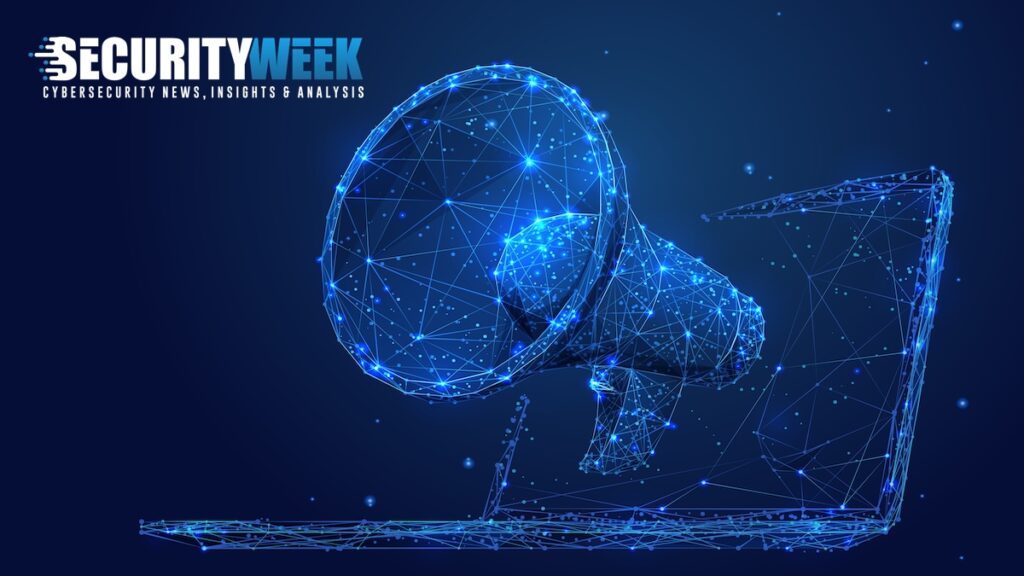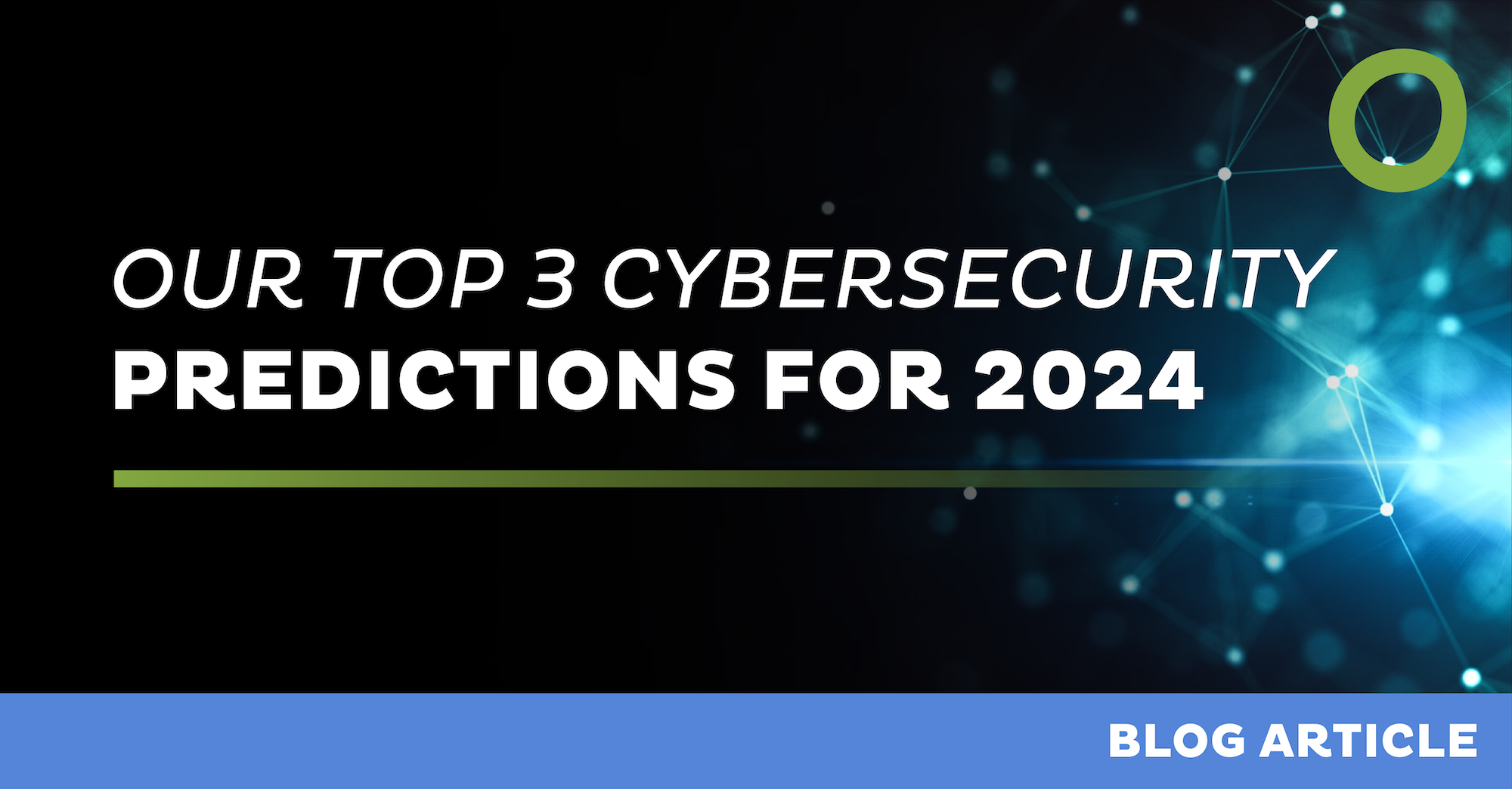Be informed about new cyber attacks and how to prevent them.
Wiki Article
The Next Frontier: Insightful Cybersecurity Forecasts for the Coming Year
As we approach the brand-new year, the cybersecurity landscape is on the edge of notable makeover. Secret factors such as the integration of sophisticated AI innovations, the inescapable increase of sophisticated ransomware, and the firm of information personal privacy regulations are shaping the future of digital protection. The recurring frequency of remote work proceeds to reveal new susceptabilities that organizations must navigate. Understanding these characteristics is important for expecting the challenges in advance and strategically strengthening defenses, yet the implications of these adjustments stay to be totally explored.Rise of AI in Cybersecurity
In the rapidly progressing landscape of cybersecurity, the assimilation of expert system (AI) is becoming a critical pressure in improving danger discovery and reaction capabilities. AI innovations, such as artificial intelligence algorithms and deep learning designs, are being increasingly released to examine vast quantities of information and determine patterns a measure of safety threats. Deepfake Social Engineering Attacks. This enables organizations to proactively address susceptabilities before they can be manipulatedThe surge of AI in cybersecurity is especially substantial in its ability to automate routine jobs, enabling human experts to concentrate on more complex protection concerns. By leveraging AI, cybersecurity groups can minimize feedback times and improve the precision of danger assessments. In addition, AI systems can adjust and find out from new hazards, constantly fine-tuning their detection devices to stay in advance of malicious actors.
As cyber risks end up being extra advanced, the demand for innovative services will drive more financial investment in AI innovations. This fad will likely bring about the development of boosted safety devices that include anticipating analytics and real-time tracking, ultimately fortifying organizational defenses. The change in the direction of AI-powered cybersecurity remedies stands for not just a technological shift yet a basic change in just how companies approach their safety approaches.
Boost in Ransomware Attacks
Ransomware assaults have ended up being a common danger in the cybersecurity landscape, targeting companies of all dimensions and across various sectors. As we progress into the coming year, it is expected that these strikes will certainly not just boost in frequency yet likewise in class. Cybercriminals are leveraging innovative methods, including making use of synthetic knowledge and machine knowing, to bypass traditional security measures and exploit vulnerabilities within systems.The escalation of ransomware assaults can be associated to a number of factors, including the rise of remote work and the expanding reliance on digital solutions. Organizations are often unprepared for the advancing risk landscape, leaving crucial framework at risk to violations. The monetary ramifications of ransomware are shocking, with companies encountering substantial ransom demands and prospective long-term functional disruptions.
In addition, the pattern of dual extortion-- where opponents not only encrypt information however additionally intimidate to leakage delicate info-- has obtained traction, additionally coercing sufferers to abide by needs. As an outcome, organizations have to focus on robust cybersecurity actions, including normal back-ups, employee training, and case feedback planning, to alleviate the dangers connected with ransomware. Failing to do so could result in devastating consequences in the year in advance.
Development of Data Personal Privacy Regulations
The landscape of information personal privacy guidelines is undertaking significant improvement as federal governments and companies respond to the enhancing problems bordering personal data defense. In the last few years, the application of comprehensive frameworks, such as the General Data Defense Regulation (GDPR) in Europe and the California Customer Privacy Act (CCPA) in the USA, has actually established a precedent for stricter privacy regulations. These regulations highlight customers' civil liberties to manage their data, mandating transparency and accountability from organizations that gather and refine personal info.
In addition, companies will need to enhance their compliance methods, purchasing innovative innovations and training to safeguard delicate information. The evolution of information personal privacy laws will not just impact exactly how organizations operate but also form consumer expectations, cultivating a culture of count on and protection in the electronic landscape.
Growth of Remote Work Vulnerabilities
As companies proceed to accept remote work, susceptabilities in cybersecurity have actually significantly come to the leading edge. The change to adaptable work arrangements has actually exposed crucial spaces in protection methods, specifically as employees accessibility sensitive data from different locations and tools. This decentralized workplace develops an increased assault surface area for cybercriminals, that manipulate unsecured Wi-Fi networks and individual tools to penetrate company systems.
To alleviate these susceptabilities, companies have to focus on extensive cybersecurity training and carry out robust safety structures that include remote work circumstances. This includes multi-factor verification, routine system updates, and the establishment of clear protocols for data accessibility and sharing. By resolving these susceptabilities head-on, companies can cultivate a safer remote work setting while preserving functional strength when faced with evolving cyber dangers.
Advancements in Hazard Detection Technologies


Aggressive danger discovery has ended up being a cornerstone of modern cybersecurity methods, reflecting the urgent demand to neutralize increasingly innovative cyber dangers. As companies encounter a progressing landscape of susceptabilities, improvements in risk detection modern technologies are essential in mitigating threats and boosting protection poses.
One noteworthy fad is the integration of expert system and device discovering right into risk detection systems. These modern technologies allow the evaluation of vast quantities of data in actual time, enabling the identification of anomalies and potentially harmful activities that may evade typical safety actions. In addition, behavior analytics are being implemented to develop baselines for typical individual task, making it less complicated to discover inconsistencies a sign of a breach.
Additionally, the surge of automated risk intelligence sharing platforms helps with collective defense efforts throughout sectors. This real-time exchange of info improves situational awareness and accelerates feedback times to arising hazards.
As organizations remain Deepfake Social Engineering Attacks to purchase these advanced technologies, the performance of cyber defense reaction will considerably enhance, empowering protection groups to remain one step ahead of cybercriminals. Inevitably, these innovations will certainly play an essential duty fit the future landscape of cybersecurity.
Conclusion
In summary, the forthcoming year is anticipated to witness transformative developments in cybersecurity, driven by the combination of AI technologies and a notable rise in ransomware assaults. As data privacy guidelines end up being extra stringent, companies will certainly need to improve conformity strategies. The continuous challenges presented by remote work susceptabilities necessitate the application of durable protection steps and comprehensive training. In general, these progressing characteristics highlight the critical importance of adapting to an ever-changing cybersecurity landscape.Report this wiki page